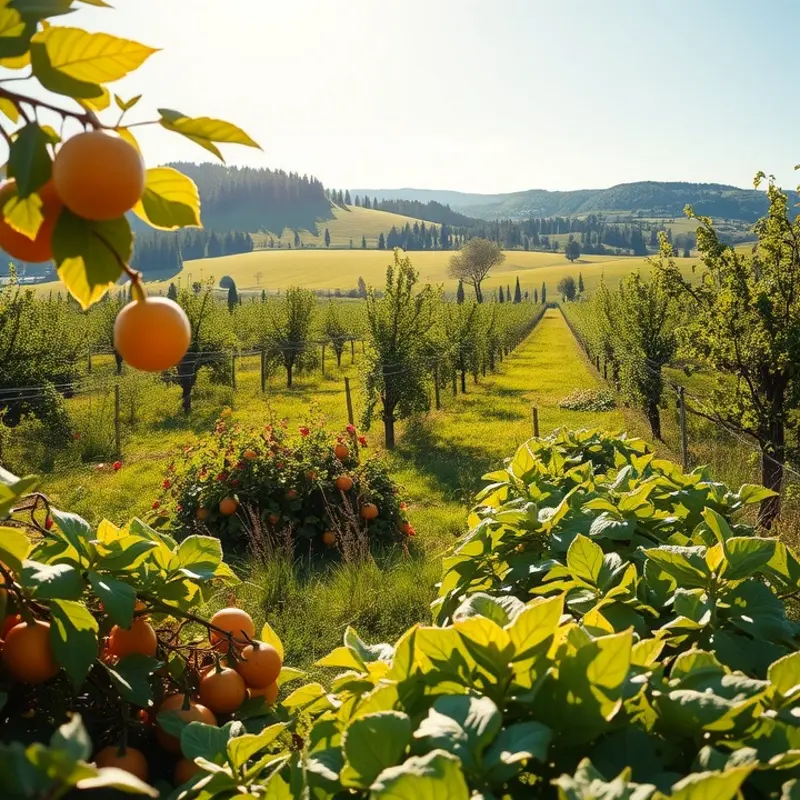Home baking is an art, but sometimes the pantry lacks instant yeast. Whether for dietary reasons, availability issues, or simply to experiment, knowing how to substitute is key. Here, we explore versatile yeast alternatives, ensuring that your baked goods rise to perfection, regardless of what’s on hand. Say goodbye to baking woes and embrace the flexibility of your kitchen!
Exploring Classic Yeast Substitutes

Baking without instant yeast can initially seem daunting, yet several traditional alternatives exist that can help you create delicious, fluffy bread. Each substitute offers unique properties and usage methods that can transform your baking experience.
Active Dry Yeast
Active dry yeast is probably the most familiar substitute for instant yeast. Although it requires more time to activate, this yeast variant offers an excellent match for various bread recipes. To use active dry yeast, dissolve it in warm water, around 110°F, to awaken the dormant yeast cells. This activation process usually takes about 5 to 10 minutes until the mixture becomes bubbly. While active dry yeast works similarly to instant yeast, anticipates a slightly longer rise time. Therefore, when adjusting your baking schedule, always factor in the extra time it may take for your dough to double in size.
Sourdough Starter
Sourdough starter offers a traditional alternative for adding rise and flavor to your bread. A mixture of flour, water, and naturally occurring wild yeasts, sourdough starters create a unique tanginess that elevates your baking projects. Incorporating a sourdough starter requires a bit of planning. Ensure your starter is actively bubbling and has been fed recently. Typically, substitute 1 cup of starter for 1 packet of instant yeast, reducing the liquid in the recipe by about half a cup to account for the moisture in the starter. Sourdough not only assists with leavening but also imparts distinct depth, allowing you to explore the ancient art of bread-making.
Baking Soda and Vinegar
When tackling recipes that require a faster rise, baking soda mixed with vinegar acts as a dynamic pair. This mixture is not only reserved for volcanic science experiments — it serves as an excellent leavening agent much like yeast. The acid in vinegar reacts with the alkaline baking soda to produce carbon dioxide bubbles, providing lift to your baked goods. Mix the baking soda with other dry ingredients and stir the vinegar with the liquids. When these two mixtures come together in the recipe, you’ll achieve a quick rise, making it suitable for quicker breads and loaf recipes. Keep in mind this method lacks the flavor complexity yeast provides, but it delivers in convenience and speed.
Exploring these classic yeast substitutes opens diverse possibilities in baking, letting you tailor flavors and textures while accommodating any time constraints. To enhance these substitutions further, consider integrating other types of flour for flavor variation or exploring eco-friendly kitchen storage tips to keep ingredients fresh and reduce waste.
Creative and Health-Conscious Options

When you’re looking to explore alternatives to instant yeast, drawing upon some unexpected ingredients in your pantry might surprise you. Not only do substitutes like yogurt, buttermilk, and banana puree rise to the occasion, they also add unique flavors and nutritional benefits to your baked goods.
Yogurt brings a tangy twist to your dough, acting as a natural leavener when paired with baking soda. The acidity in yogurt reacts with baking soda to produce carbon dioxide, which helps dough rise. This combination is wonderful for muffins, pancakes, and quick breads. Opt for plain yogurt to control sweetness and flavor.
Buttermilk offers a similar leavening effect with its acidic properties. As with yogurt, mix buttermilk with baking soda to activate the rise. This substitution not only lightens the dough but adds a subtly rich, creamy flavor. Buttermilk is excellent for recipes where you want moist, fluffy results, such as in scones or biscuits.
Banana puree, often used for its natural sweetness and moisture, can replace yeast in specific recipes. Its mushy texture and sugar content contribute to leavening properties. For a banana bread or a dense cake, this is a flavorful and healthful alternative. It also adds fiber and potassium, offering a nutritional boost.
One creative recipe to try is a banana yogurt pancake. Using mashed bananas and yogurt with a hint of baking soda, you achieve a light, fluffy texture and a delightful flavor profile.
Each of these substitutes functions not just as leaveners but also as contributors to a dish’s overall taste and nutritional value. And for those exploring plant-based options, many non-dairy yogurts and buttermilk alternatives can offer similar effects. These substitutions align beautifully with a plant-based lifestyle, which is explored more in easy plant-based eating.
Moreover, for culinary explorers fascinated by global cuisine, these alternatives resonate with methods used in cultures worldwide. For instance, tangy fermented dairy products are beloved in many cuisines for flavor and texture enhancements.
These innovative substitutes don’t compromise on taste but rather reinvent it. They invite you to bake with confidence, knowing your choices align with both gastronomic pleasure and health objectives. Use this opportunity to experiment, deriving satisfaction not only from the final product but also from the creative process itself.
Final words
Navigating the world of baking without instant yeast opens up a realm of possibilities for home cooks. By exploring traditional substitutes like active dry yeast and innovative options such as yogurt, you can achieve wonderful textures and flavors. Whether you are addressing dietary concerns or simply looking for alternatives, these substitutions empower you to create delicious baked goods while keeping your kitchen flexible and fun. The next time you’re missing the instant yeast, remember that the joy of baking continues with the ingredients you have on hand.







